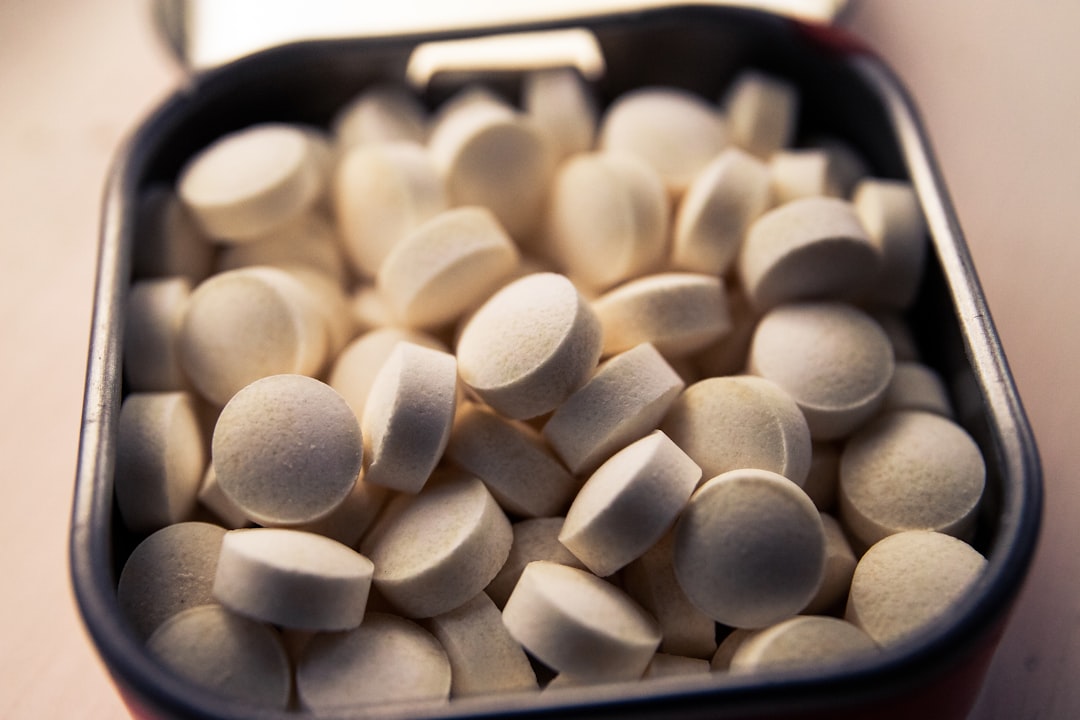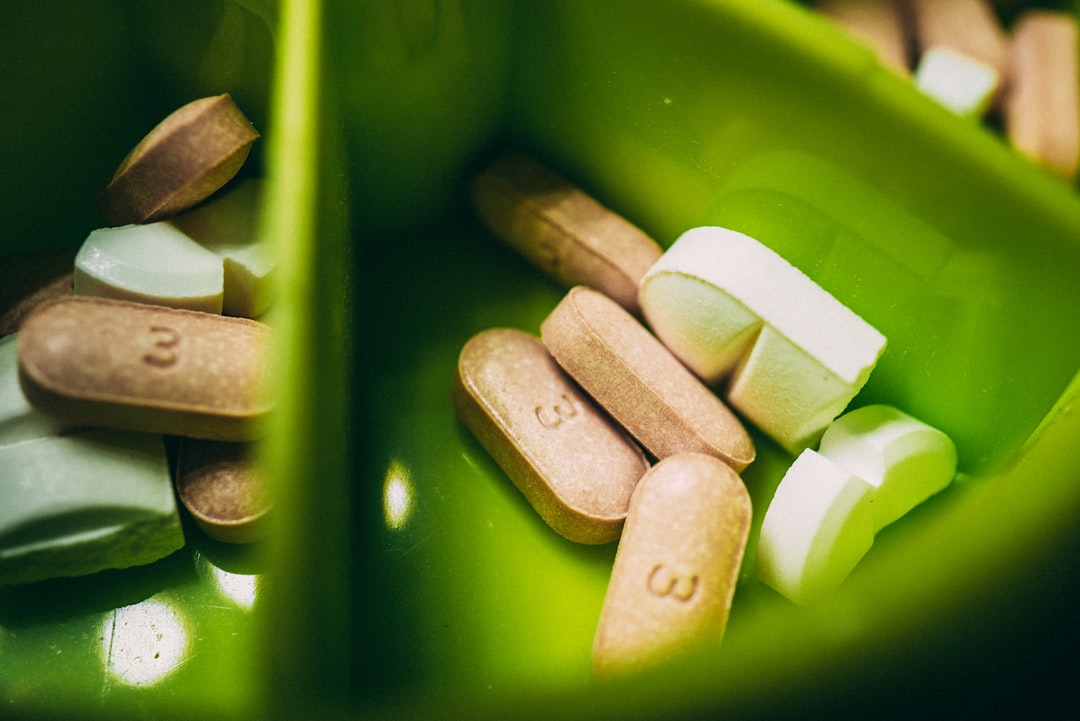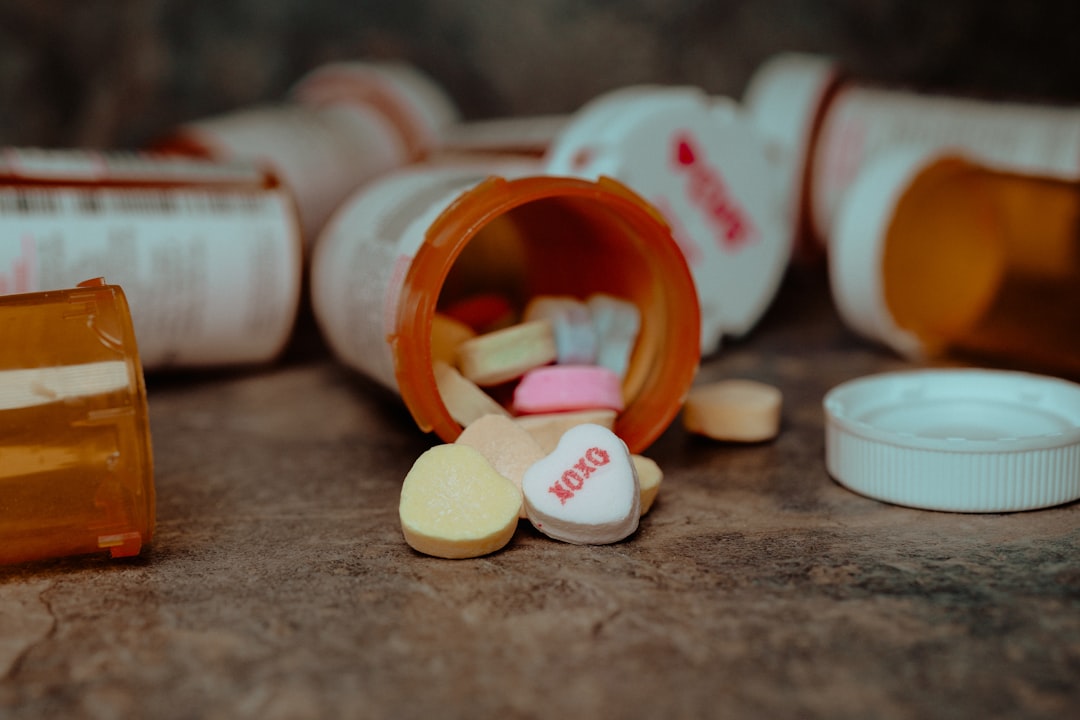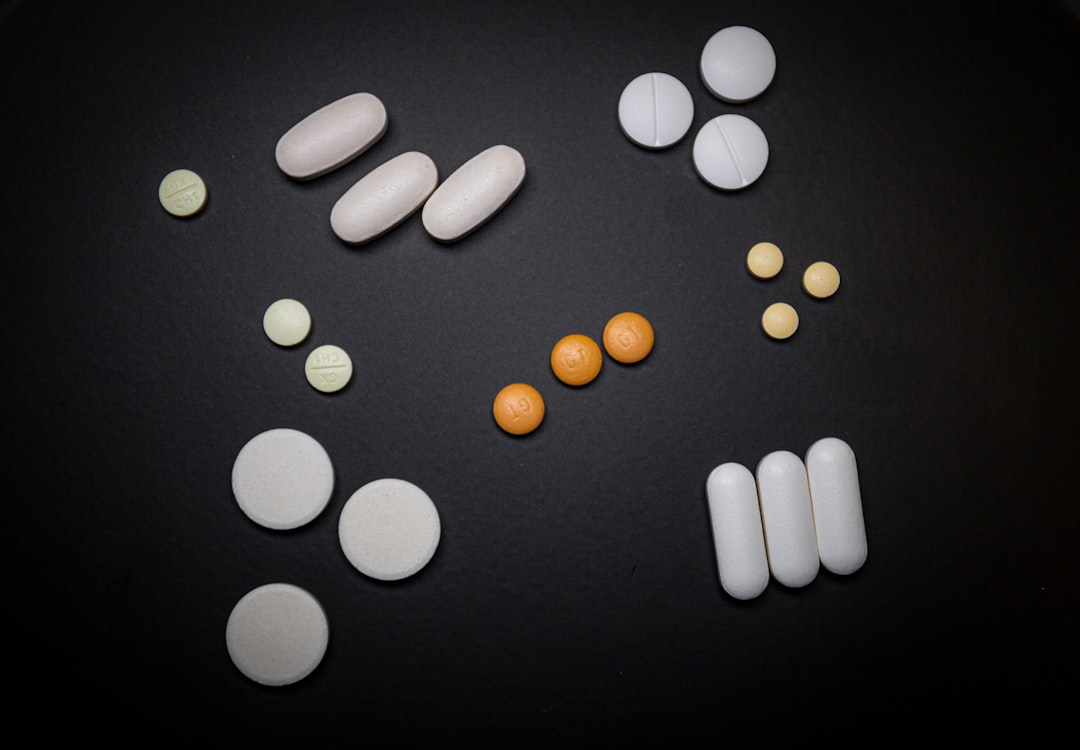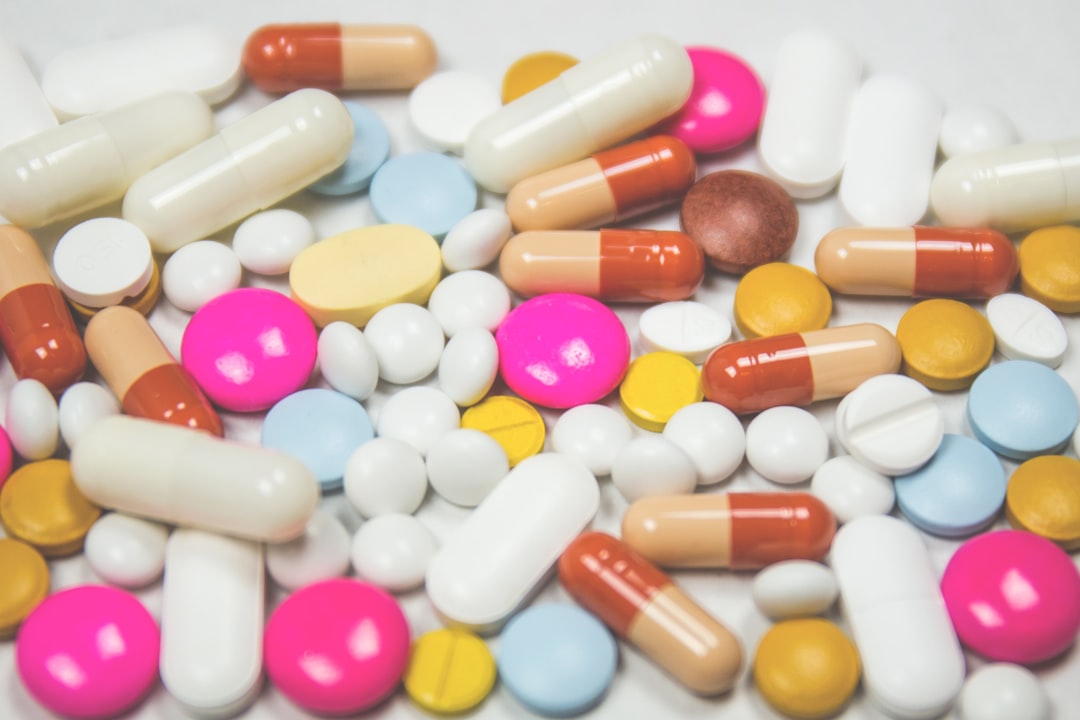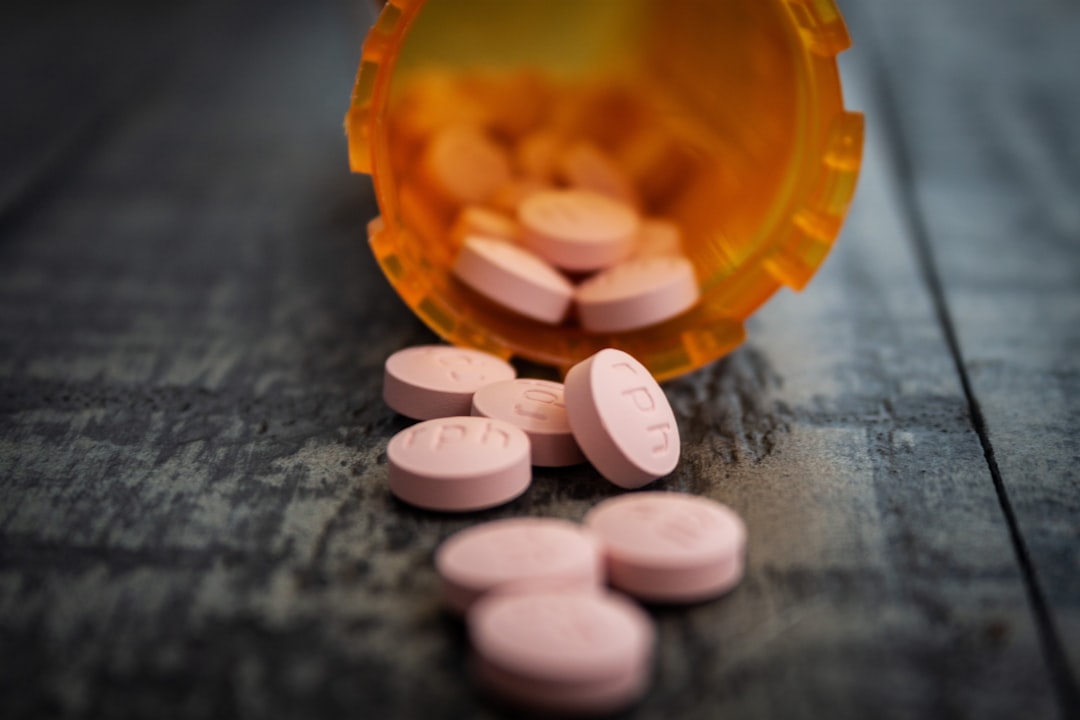Eli Lilly's Stock Soars Analyzing the Impact of Recent Drug Approvals on Q2 2024 Earnings
Eli Lilly's Stock Soars Analyzing the Impact of Recent Drug Approvals on Q2 2024 Earnings - Q2 2024 Earnings Exceed Expectations with 36% Revenue Growth
Eli Lilly's Q2 2024 financial results painted a picture of strong growth. Revenue surged by 36%, reaching $11.30 billion, exceeding what analysts predicted. This growth was fueled by a combination of higher sales volume, up 27%, and higher prices, up 10%. The company's new drugs, like Mounjaro and Zepbound, seem to be hitting their stride, contributing significantly to the success. However, sales of the diabetes drug Trulicity dipped by 31%, highlighting the ongoing challenges within this particular market. Eli Lilly's optimistic outlook is reflected in their decision to increase their full-year revenue guidance.
Eli Lilly's Q2 2024 earnings report was a pleasant surprise, showcasing a 36% jump in revenue compared to the same period last year. This substantial growth is primarily attributed to the surge in sales of their new diabetes and obesity treatments, which are attracting a large patient pool struggling with these chronic conditions. It's fascinating to see how Eli Lilly is capitalizing on this market shift, fueled by a growing awareness of the impact of these diseases.
It's worth noting that the diabetes drug Trulicity experienced a significant 31% decrease in sales during the quarter. It seems like the focus has shifted towards newer, more targeted therapies, leaving me curious about the long-term trajectory of Trulicity and its place in the market. Overall, Eli Lilly's Q2 performance provides a compelling glimpse into the evolving landscape of healthcare and the growing prominence of personalized medicine.
Eli Lilly's Stock Soars Analyzing the Impact of Recent Drug Approvals on Q2 2024 Earnings - Mounjaro Sales Triple, Driving Eli Lilly's Strong Performance
Eli Lilly's impressive Q2 2024 results were largely driven by the incredible performance of Mounjaro, their diabetes and weight management drug. Mounjaro sales exploded, reaching $3.09 billion in Q2, a staggering threefold increase from the same period last year. This makes Mounjaro the key driver of Eli Lilly's growth and, along with Zepbound's success, is prompting the company to raise their revenue projections for the year. While the overall picture is positive, it's worth noting that older drugs like Trulicity have seen significant sales declines. This raises questions about the long-term sustainability of Eli Lilly's growth, as the market continues to favor newer therapies. Despite these concerns, Eli Lilly is undoubtedly in a strong position right now, capitalizing on the growing need for personalized medicine in the ever-evolving healthcare landscape.
Eli Lilly's Q2 2024 earnings report showed a significant increase in revenue, driven primarily by their new drugs, Mounjaro and Zepbound. Mounjaro, a treatment for diabetes and obesity, saw a remarkable triple increase in sales, reaching $3.09 billion in Q2 2024. This surge in demand for Mounjaro is fascinating, as it speaks to a broader trend in the pharmaceutical market. It seems that many people are seeking more effective treatments for chronic conditions like diabetes and obesity. Mounjaro, with its novel approach to targeting both GLP-1 and GIP receptors, is emerging as a potential game-changer in this field. Eli Lilly's investment in boosting Mounjaro's production is a smart move, addressing the growing demand and potential supply chain issues.
However, there are some interesting questions to consider about the long-term sustainability of Mounjaro's sales. With competition from generic and biosimilar drugs intensifying in the diabetes market, the future of Mounjaro's dominance is an ongoing question. Will it continue to be the frontrunner, or will it face challenges in maintaining its market share? This will likely depend on the drug's ability to maintain its position as the most effective treatment for diabetes and obesity, while also navigating the complex dynamics of patent expirations and competitive pressures. Time will tell how this complex picture plays out for Eli Lilly and the wider pharmaceutical market.
Eli Lilly's Stock Soars Analyzing the Impact of Recent Drug Approvals on Q2 2024 Earnings - Full-Year 2024 Revenue Guidance Raised by $3 Billion
Eli Lilly has just bumped up their revenue expectations for the entire year of 2024, raising their projection by a hefty $3 billion. This move is all thanks to the stellar performance of their diabetes and weight loss drugs, Mounjaro and Zepbound. These meds are clearly a hit, as seen by the company's massive 36% revenue jump in the second quarter of this year. Mounjaro itself generated over $3 billion in sales in the second quarter alone.
But while things look rosy, there's a bit of a wrinkle. An older diabetes drug, Trulicity, has been struggling, its sales down significantly. This makes you wonder if Eli Lilly can keep the good times rolling. Will they be able to replace those declining sales with new products? Only time will tell how this story unfolds, but for now, Eli Lilly is celebrating a major win.
Eli Lilly's decision to boost their full-year revenue guidance by a whopping $3 billion is a major statement, pushing their projected revenue towards a staggering $50 billion for 2024. It's clear that their new drugs are making a big impact.
Mounjaro, their diabetes and obesity treatment, is the star of the show, generating a massive $3.09 billion in sales during Q2 alone. That's almost half of Eli Lilly's total revenue for the quarter, which makes you wonder how reliant they are on this one blockbuster drug.
This focus on Mounjaro reflects the rising prevalence of diabetes and obesity, a growing problem that's expected to cost the US healthcare system over $1 trillion annually by 2030. It's interesting to see Eli Lilly capitalizing on this trend.
Zepbound, another new drug, is making its own contributions, offering a different approach to diabetes management compared to traditional medications. It's fascinating how the pharmaceutical landscape is being reshaped by these new treatment options.
But this success isn't without challenges. The older diabetes drug, Trulicity, saw a significant 31% drop in sales, It seems like the focus on new and innovative therapies could be pushing out older ones, a trend that should be monitored closely.
Overall, Eli Lilly's growth reflects the broader trend towards personalized medicine, where treatments are tailored to the individual's genetic and biological makeup. This shift in healthcare is revolutionizing the way chronic diseases are managed.
However, the future is never guaranteed. As the competition in the diabetes market heats up, Mounjaro's success might be tested by other emerging therapies. How will Eli Lilly protect their intellectual property and maintain their market position in the long run?
The pharmaceutical industry is now more consumer-driven than ever, and Eli Lilly's aggressive marketing and expanded production capabilities for Mounjaro are crucial to staying ahead of generic drugs that will inevitably enter the market once patents expire.
Eli Lilly is making a bold move by doubling down on their production infrastructure for Mounjaro, But with such exponential growth in demand, they're also taking a risk. Scaling up quickly could expose them to potential supply chain disruptions.
The interplay between innovative therapies like Mounjaro and established treatments like Trulicity is fascinating. It's a dynamic situation, and it will be interesting to see how shifting preferences among patients and healthcare providers will reshape treatment paradigms in the years ahead.
Eli Lilly's Stock Soars Analyzing the Impact of Recent Drug Approvals on Q2 2024 Earnings - Zepbound Contributes to Robust Obesity Treatment Sales
Eli Lilly's Q2 2024 financial results are even more impressive when you look at the performance of their newest obesity drug, Zepbound. Zepbound, which was launched in late 2023, is already generating significant revenue, reaching $1.24 billion in sales during the second quarter. This performance surpassed analyst expectations, demonstrating the significant interest in this new dual-action obesity treatment. Zepbound is unique because it targets both the GIP and GLP-1 receptors, a different approach to weight management that could hold promise for a large patient population.
The success of Zepbound is driving Eli Lilly to ramp up their production, highlighting the burgeoning demand for effective obesity therapies. Analysts are even predicting that Zepbound could become a blockbuster drug, which means the competition is heating up. This dynamic market, where both Eli Lilly and Novo Nordisk are battling for market share, makes you wonder how long this rapid growth can continue. Is there really such a huge demand for obesity drugs, and can Eli Lilly sustain this level of production to meet it?
Eli Lilly's Q2 2024 earnings were driven by strong sales of their new obesity treatment, Zepbound. This drug, approved just months before, has already made a significant impact on the market. It's fascinating to see how Zepbound is contributing to a shift in how obesity is being treated, with healthcare providers increasingly favoring innovative, evidence-based approaches over older medications.
Zepbound's unique mechanism of action, modulating both GLP-1 and GIP hormones, seems to be leading to more effective weight loss than traditional single-target drugs. It's a new approach, but research suggests that patients can experience sustained weight loss for up to 68 weeks. This raises intriguing questions about the long-term efficacy of these new therapies in tackling the complex challenge of obesity.
However, questions remain about Zepbound's long-term safety profile. While the drug appears promising, concerns about potential side effects, such as gastrointestinal issues, have been raised. This is a critical area for further research, and it will be crucial to determine how these side effects may impact patient adherence to treatment.
The rapid success of Zepbound has created a buzz in the industry. It seems like the market for obesity treatments is poised for substantial growth, with predictions suggesting it could reach $25 billion by 2030. But the landscape is constantly evolving, with other companies developing their own innovative treatments. Eli Lilly will need to stay ahead of the curve to maintain their competitive advantage, balancing the clinical effectiveness of Zepbound with the growing number of rivals.
Ultimately, the rise of Zepbound highlights a significant shift in how we view obesity. It's no longer just seen as a lifestyle choice, but as a complex, chronic disease requiring ongoing medical intervention. It will be interesting to watch how this new wave of treatments develops and impacts the lives of millions struggling with obesity.
Eli Lilly's Stock Soars Analyzing the Impact of Recent Drug Approvals on Q2 2024 Earnings - Net Income Surges to $54 Billion in Q2 2024
Eli Lilly saw a remarkable jump in profitability during Q2 2024, with net income soaring to $54 billion, a huge leap from the $19 billion earned in Q2 2023. This impressive growth is largely due to the strong performance of their new drugs, Mounjaro and Zepbound, which boosted overall revenue by 36% to $11.30 billion. The company's earnings per share (EPS) also saw a significant increase, highlighting their ability to translate higher sales into greater returns for shareholders.
However, beneath this positive picture lies a less rosy reality. Sales of older drugs like Trulicity declined, raising questions about how sustainable Eli Lilly's current growth trajectory will be. Will they be able to maintain their momentum as the market evolves? Investors are clearly pleased with the company's recent success, but Eli Lilly will need to navigate the competitive landscape and find a way to keep those numbers moving upwards in the long term.
Eli Lilly's Q2 2024 net income reached a staggering $54 billion, a remarkable increase that speaks volumes about their current strategic direction. This surge in profitability coincides with a growing trend in the pharmaceutical industry, where companies investing heavily in research and development are reaping the rewards of innovative drug breakthroughs.
It's particularly interesting to see how Eli Lilly is benefiting from the success of their new drugs like Mounjaro and Zepbound. These drugs are targeting multiple pathways associated with chronic diseases like diabetes and obesity, marking a shift in how we treat these conditions. The dual-action approach, targeting both GLP-1 and GIP receptors, is a fascinating scientific development, indicating a deeper understanding of the complex metabolic processes involved. This is potentially revolutionary, as it could lead to more personalized and effective treatment plans.
Eli Lilly’s impressive performance underlines a clear market shift. With global health campaigns drawing attention to the prevalence of diabetes and obesity, there's a growing demand for effective treatment options. The company's ability to launch Mounjaro and Zepbound, with their unique mechanisms of action, at just the right time is a testament to their ability to adapt to rapidly evolving market demands.
However, it's worth noting that Trulicity, one of Eli Lilly's older diabetes drugs, has experienced a significant decline in sales. This brings up an important question: Is Eli Lilly too reliant on their newer, more innovative therapies, leaving their older products vulnerable?
The market is in a state of flux, with the constant threat of generic drugs and biosimilars entering the market. This dynamic environment could potentially make Eli Lilly's reliance on these newer drugs a risky proposition. The industry is increasingly consumer-driven, and patient preferences can shift quickly, so maintaining a steady stream of innovative products is crucial to keeping ahead of the competition.
Ultimately, Eli Lilly's Q2 2024 financial success, though impressive, is just one snapshot in a rapidly evolving healthcare landscape. As the demand for obesity treatments continues to rise, the scrutiny on the efficacy and safety profiles of new drugs like Zepbound will intensify. The long-term impact of these trends on Eli Lilly's financial performance remains to be seen.
Eli Lilly's Stock Soars Analyzing the Impact of Recent Drug Approvals on Q2 2024 Earnings - Stock Price Jumps 6% Following Positive Earnings Report
Eli Lilly's stock price jumped 6% after their Q2 2024 earnings report. The company smashed earnings expectations, reporting a net income of $2.97 billion and an earnings per share (EPS) of $3.28. This strong performance was largely driven by their diabetes and weight loss drugs, Mounjaro and Zepbound, which helped drive a 36% jump in revenue from the previous year. It seems the market is excited about the company's new drug portfolio, especially since they raised their full-year revenue guidance. However, it's worth noting that older drugs like Trulicity are seeing sales decline. This raises questions about how Eli Lilly will navigate the market's shift towards newer, more targeted therapies and maintain this momentum in the future.
Eli Lilly's stock price surged 6% following their Q2 2024 earnings report, a clear indication of investor enthusiasm. This jump speaks volumes about their confidence in the company's ability to sustain growth and profitability. The recent approval of new drugs is a major factor driving this positive sentiment, a trend seen frequently when cutting-edge medical advancements become available.
However, while the stock is soaring, it's essential to look beyond the initial euphoria and assess the company's strategies. Eli Lilly's revenue growth stemmed from a combination of higher sales volume and price increases, a strategy that raises questions about market positioning and consumer acceptance in a complex market like healthcare. It's important to consider how long this trend will last in the face of rising competition from other pharmaceutical companies.
It's fascinating to see how new drugs like Mounjaro and Zepbound are driving growth for Eli Lilly. But these innovations also raise concerns about long-term viability and the potential impact of competition. The company will need to continually invest in research and development to maintain their edge as consumer needs and regulatory environments evolve.
The healthcare landscape is shifting, with an increasing focus on chronic conditions like obesity and diabetes. Eli Lilly's ability to capitalize on this trend with innovative treatments is commendable, but it's also crucial to remember that the market is highly dynamic, with the ever-present threat of generic competition. Maintaining market share will require careful planning and execution to safeguard revenue and profits.
Eli Lilly's raised revenue expectations for the rest of the year are certainly optimistic, but it's critical to be cautious. The stock market often reflects a degree of "herding," where investors follow the initial trend. While this momentum can be positive, it could also lead to overvaluation if the actual results don't match the initial hype.
It's too early to tell if Eli Lilly's success will be sustainable, but their Q2 2024 performance provides a glimpse into the dynamic world of healthcare and its impact on the financial markets. The intersection of innovation, market trends, and investor sentiment will determine the long-term trajectory of this company's stock price.
More Posts from bankio.io:
- →Mark Your Calendar Key Tax Deadlines for 2024 Unveiled by IRS
- →3-Month Treasury Bill Rate Hits 451% What This Means for Short-Term Investment Landscape in Q4 2024
- →US 10-Year Treasury Yield Hits 408% Impact on Stock Market Valuations and Growth Sectors
- →Debt Relief Programs in 2024 A Critical Look at the Evolving Landscape and Consumer Outcomes
- →Dow Jones Breaks 42,000 Milestone While Nvidia Slides 3% Amid Mixed Market Results
- →Social Security's 32% COLA Takes Effect June 2024 Payment Schedule and Impact on 71 Million Americans
